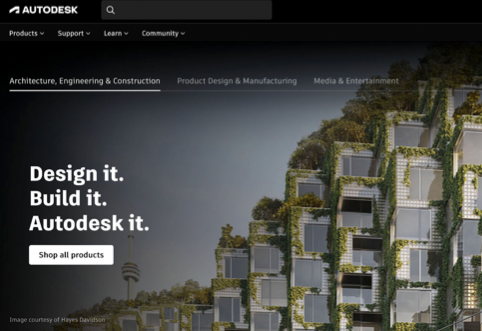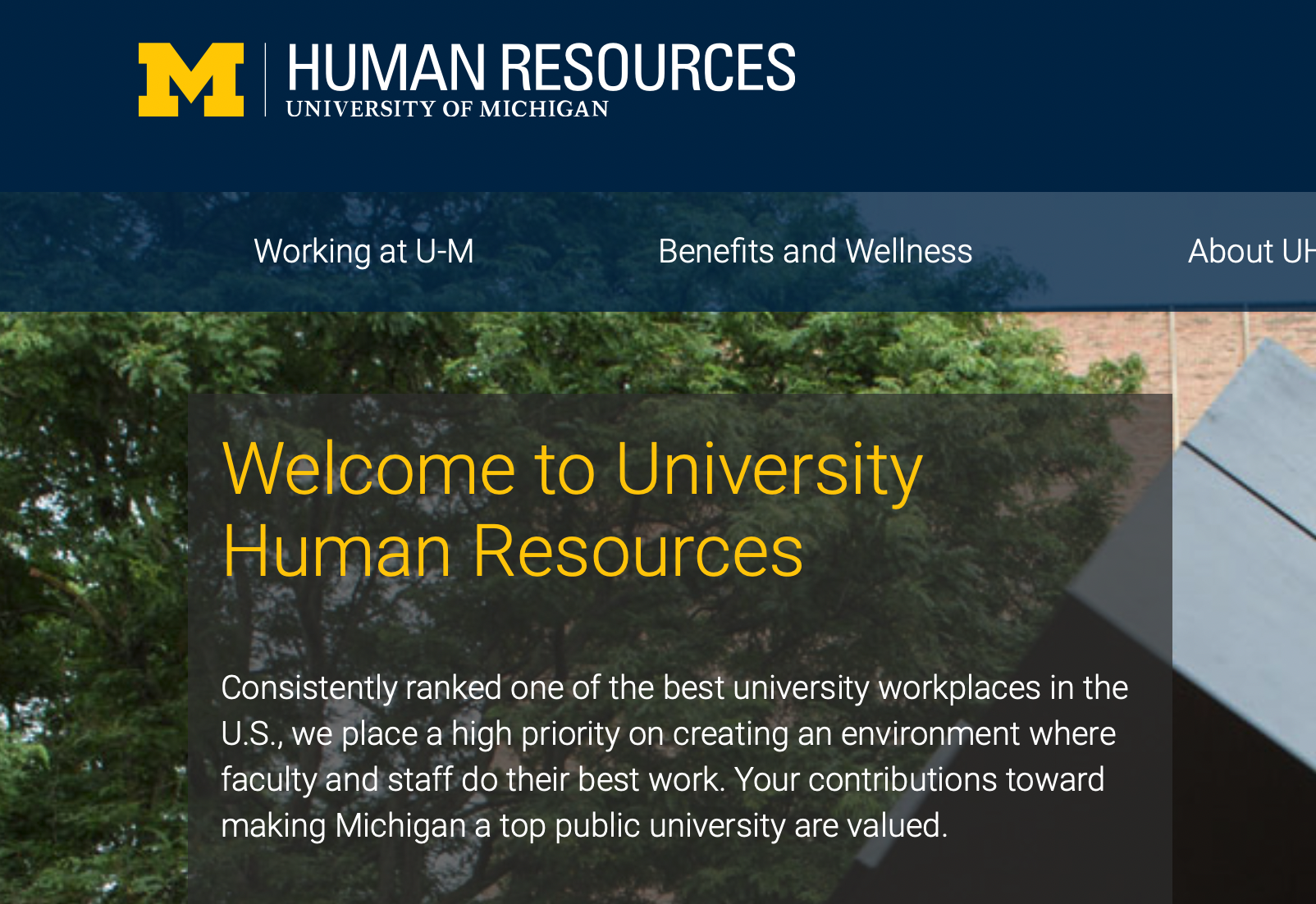The Challenge & Results
A leading grant writing firm found itself at a crossroads. Their team of seasoned professionals struggled to train new writers, and the time demands of modern grant writing were pushing the firm in ways that were impacting their business model. The promise of Artificial Intelligence was intriguing – tasks that once took days could potentially be completed in hours or even minutes. They also saw the potential for AI to handle time-consuming tasks like literature reviews and initial drafts, freeing up time for the high-touch human-to-human, strategic collaboration with clients that was at the heart of their service.
Yet this exciting prospect was tempered by concerns about the practicality and effectiveness of AI in their specialized work:
Could AI understand the nuances of grant writing?
Would AI affect their hard-earned reputation for quality and personalized service?
How would they ensure data privacy in an industry where client confidentiality is paramount?
In the end, the outcomes of this project were significant:
The firm gained confidence in their ability to use generative AI across all their content creation tasks from demonstration, guidance, and coaching.
Created a repeatable process that produced grant section drafts in less time than before and required less process and grant writing expertise. This efficiency boost addressed their growth constraints without compromising quality because the new workflow built-in opportunities for the expert grant writer to inspect and correct as needed throughout the process.
TUG helped transform expert tacit knowledge into documented processes that could be used as input for AI systems, preserving and leveraging valuable institutional expertise.
The organization was equipped with the ability to make informed decisions about both their AI investments and budgeting for the years ahead and the end state they wanted to be working towards.
“A task that usually takes me 3 hours to complete was finished in 30 minutes.”
Seeking a Strategic Approach
The organization sought a guide who could explore AI's potential by first understanding their team's needs and processes, instead of just selecting a tool and rearranging their work around the available features.
“I want a plan and roadmap for making this happen. I looked at one off-the-shelf tool, but couldn’t make heads or tails of it. It seemed to do what we’re talking about, but wasn’t user-friendly…I couldn’t wrap my head around it. We need some help and support on how to get started.”
The firm picked The Understanding Group (TUG) as this guide. TUG’s people-first AI approach appealed to their core needs, and the lightweight proof-of-concept design of the project would allow the firm to explore generative AI's potential in their specific context before investing in a technology solution. This strategy aligned with the organization's need to begin a low-commitment, guided exploration of AI's role in their work.
Over the course of a few weeks, TUG established a clear strategy for using generative AI to complement the existing human effort. The strategy included several key aspects:
Generative AI Use: TUG worked with the firm to define the bounds of what was deemed not only permissible but also what a successful use of AI would look like for their grant writing process. This strategy ensured that every step of the AI deployment aligned with the organization's values and goals.
Performance continuum modeling for the project. Each binary offers a yes/and choice between two desirable outcomes to create effective conversations about goals and needs.
Current State Process Mapping: TUG explored the existing processes, creating a map that served as a starting point for integrating AI into a specific workflow. This visual representation became the foundation for integrating AI into an existing workflow, ensuring that the technology would complement, not disrupt, their proven methods.
Diagram of current grant writing processes.
Future State LLM Implementation: TUG created an AI/human collaborative workflow tailored to the firm’s unique context, guiding the AI in producing relevant, high-quality content that aligned with the organization’s standards.
Necessary Components of an AI Amplified Workflow
Making the Process Real
After understanding the grant writing process and establishing an AI strategy, TUG designed a series of AI components using the “tiny reasoning engines” approach to fit into the existing workflow. TUG also recommended an off-the-shelf chatbot tool based on considerations of quality, ease of use, and security. The chatbot was then customized with purpose-built prompts and trained with process-specific inputs to bring it into the grant writing world.
In the end, TUG’s design included interactive prompting that kept the grant writer in control of the inputs and outputs while greatly reducing the labor needed to create quality proposals.
Road Map diagram describing the key optimization steps and the prioritization of those outputs into distinct projects.
Ongoing Success and Future Plans
TUG believes that true success comes from delivering tangible results, while empowering clients with the knowledge and skills to continue their AI journey independently. Today, the firm is actively leveraging their new AI-assisted grant writing process, transforming their operations and expanding their capacity to serve clients. The impact has been immediate and significant, with grant proposals now being drafted in less time than before.
In addition, they are using the prioritization and planning framework TUG created to strategically map out a further AI deployment roadmap for upcoming quarters. This approach ensures that each new step in their AI journey provides tangible value while aligning with their organizational goals and values.
Overall, this project shows the promise and complexities of AI integration.
“The team from TUG was very helpful as we refined our goals for the project, masterfully completed the agreed-upon deliverables in a timely and efficient manner, and communicated the results in an accessible and engaging manner. We look forward to leveraging the skills and knowledge that the TUG team imparted to us as we continue to explore the potential that AI holds for our client delivery work.”
Check out our detailed AI services page if you want to learn more, or just drop us a line






